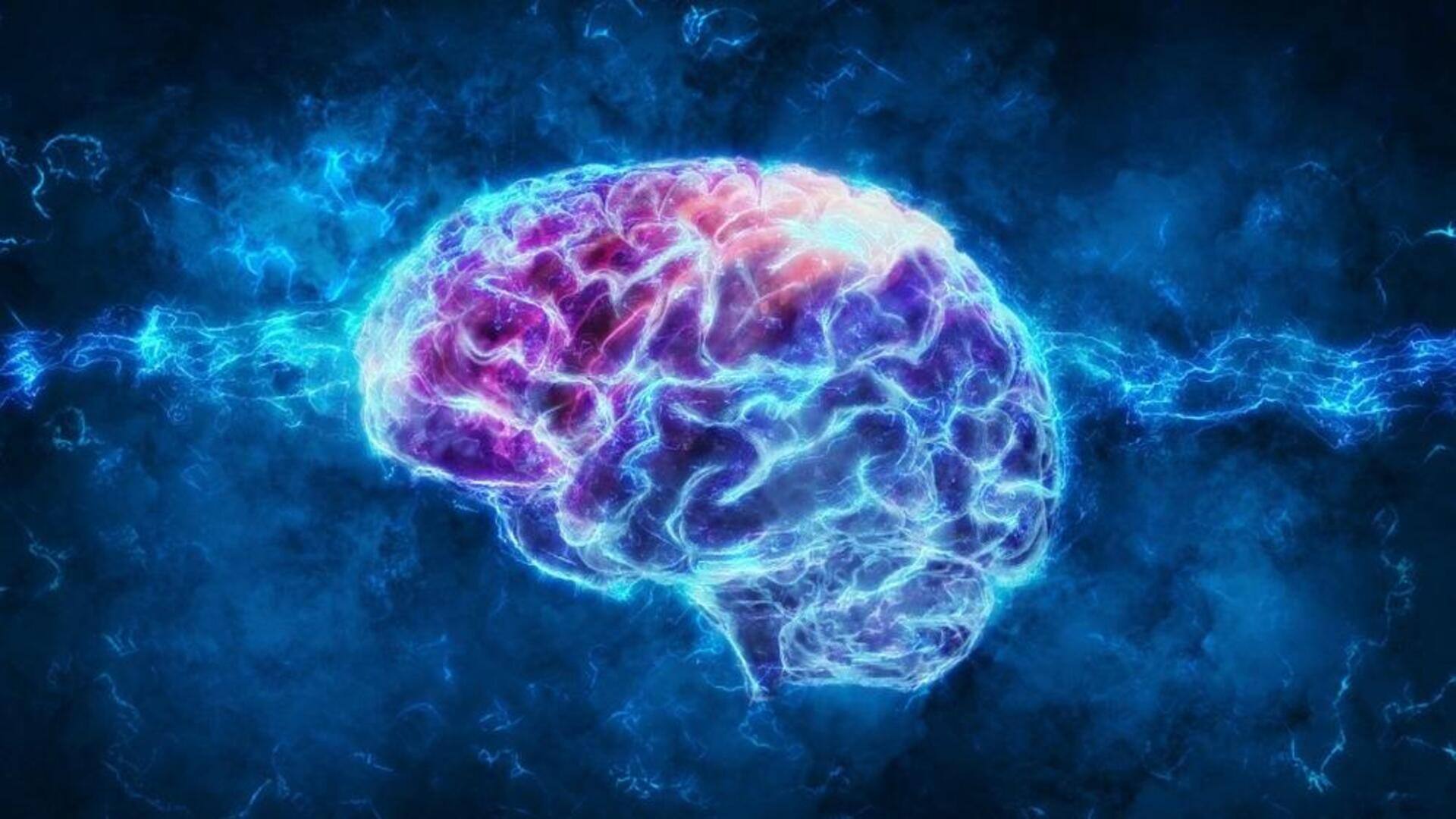
Scientists 3D print world's first functional human brain tissue
What's the story
A groundbreaking discovery by scientists at the University of Wisconsin-Madison has led to the successful 3D printing of functional human brain tissue. This breakthrough, published in the journal Cell Stem Cell, could improve treatments for neurological disorders like Alzheimer's and Parkinson's disease. The researchers created horizontal layers of brain cells, that were encased in a soft "bio-ink" gel, allowing neurons to grow and communicate with each other.
Designing
Neurons communicate and form networks
The 3D-printed neurons, made from pluripotent stem cells, formed networks and communicate through neurotransmitters due to sufficient access to oxygen and nutrients. Co-author of the study and neuroscience professor Su-Chun Zhang, shared that "even when we printed different cells belonging to different parts of the brain, they were able to talk to each other in a special and specific way." This method offers an advantage over organoids, the "mini-brain" tissue models currently used by scientists to study the brain.
Usage
Potential applications and future developments
This flexible approach enables researchers to study how nerve cells communicate under specific conditions, like those affected by Alzheimer's, and evaluate new drug candidates. Zhang emphasized that "The tissue still has enough structure to hold together but is soft enough to allow the neurons to grow into each other and start talking to each other." "Our brain operates in networks. We want to print brain tissue this way because cells do not operate by themselves. They talk to each other."
Future
The team wants others to replicate their work
The team used a commercially sold bioprinter, so that other institutions could replicate their work. They are now exploring methods to print cells at certain predefined orientations for even greater control over the various types of brain tissue they can create. This might potentially revolutionize neuroscience, stem cell biology, and the understanding of various neurological and psychiatric disorders.